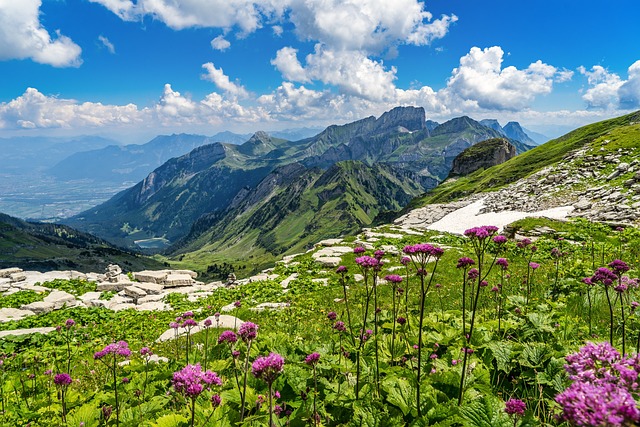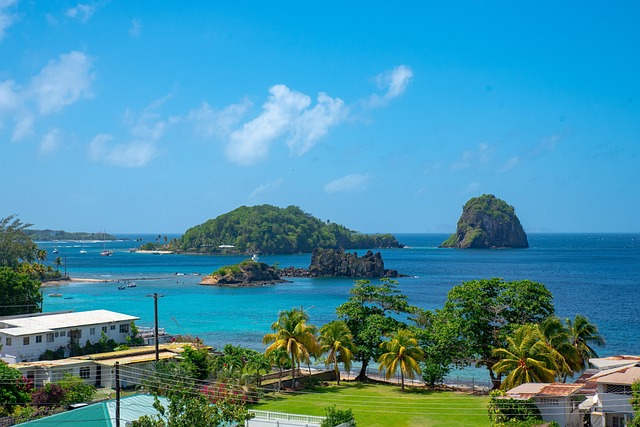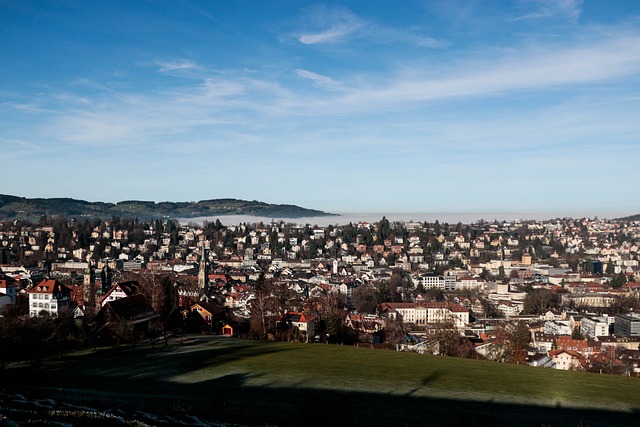The high desert landscape offers a unique setting for county seats with expansive skies, rugged terrain, and moderate climates, attracting buyers seeking a different pace of life and presenting diverse real estate opportunities. While remote locations pose challenges like limited road infrastructure and utility availability, they also appeal to committed investors and those interested in sustainable living. Developers can capitalize on increased demand by creating master-planned communities, luxury retirement villages, or eco-friendly projects, while commercial development may thrive through outdoor-focused businesses and local services. Strategic planning is crucial to overcome challenges like extreme weather and limited water resources for long-term viability.
“Explore the captivating world of high desert county seats and their unique real estate dynamics. This article delves into the distinct appeal, property value drivers, and challenges faced by developers in these remote yet vibrant locations. From breathtaking landscapes to thriving communities, discover how the real estate market flourishes amidst the harsh conditions. Uncover strategies for successful development and investment opportunities, making high desert county seats a game-changer in the industry.”
The Unique Appeal of High Desert County Seats: A Real Estate Perspective

The high desert landscape offers a unique and captivating setting for county seats, making them stand out in the real estate market. This distinct environment, characterized by expansive skies, rugged terrain, and often moderate climates, presents an idyllic backdrop for communities to thrive. The appeal lies not only in the natural beauty but also in the potential for sustainable development, attracting buyers seeking a different pace of life away from more urbanized areas.
From a real estate perspective, high desert county seats offer diverse opportunities. The market often features spacious plots with breathtaking views, appealing to those who desire substantial outdoor spaces and a closer connection to nature. Additionally, these locations may provide easier access to recreational activities like hiking, camping, and stargazing, which are highly sought-after amenities in today’s market. This blend of natural allure and modern conveniences makes high desert county seats increasingly desirable for both residents and real estate investors alike.
Factors Influencing Property Values in These Remote Locations

In remote, high desert locations, several unique factors influence property values in these isolated areas. One key aspect is accessibility; due to their remoteness, these counties often have limited road infrastructure, which can make properties less desirable for some buyers. However, this also means that those who do invest tend to be more committed, recognizing the challenges of daily commuting and the appeal of a quieter lifestyle.
Another significant factor is the availability of utilities and basic services. Many high desert communities face challenges with reliable internet connections and access to clean water due to their geographical location. Yet, these obstacles can also create opportunities for innovative solutions, such as solar power and well water systems, which enhance property values for those seeking sustainable living options. Real estate in these areas often caters to a specific niche of buyers who appreciate the tranquility and unique natural features that come with the territory.
Opportunities and Challenges for Real Estate Developers in High Desert County Seats

The high desert landscape offers a unique setting for real estate development in county seats, presenting both opportunities and challenges. On one hand, these areas often boast stunning natural beauty, attracting residents seeking a quieter, more scenic lifestyle compared to metropolitan regions. This can lead to increased demand for housing, particularly if the county seat provides easy access to outdoor recreational activities like hiking, camping, or skiing—all of which are prevalent in high desert environments.
Real estate developers can capitalize on this by creating master-planned communities, luxury retirement villages, or eco-friendly residential projects that blend seamlessly with the surrounding desert ecosystem. Additionally, commercial development may thrive through niche businesses catering to outdoor enthusiasts and local services supporting a growing population. However, challenges such as extreme weather conditions, limited water resources, and remote locations require careful planning. Developers must navigate these obstacles by implementing sustainable building practices, efficient irrigation systems, and resilient infrastructure to ensure the long-term viability of their projects in this demanding high desert terrain.






